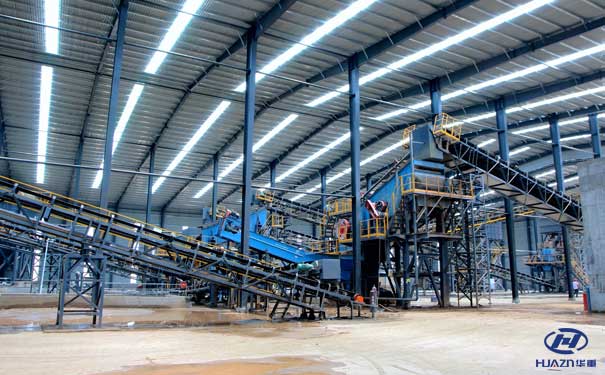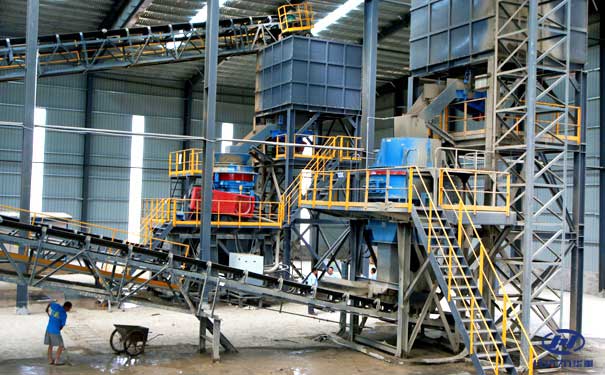Affected by various factors such as the epidemic, heavy rains, policies and other factors this year, the price of sand and gravel has risen, but the market is still tight. On the other hand, with the continuous strengthening of ecological and environmental protection, traditional, backward and illegal sand and gravel factories have been closed one after another. The output of sand and gravel is far in short supply, which has caused an “extraordinary shortage” of sand and gravel in many areas, leading to the delay of many key projects across the country, which has attracted the attention of many national departments; in addition, with the introduction of the national “new infrastructure” policy, sand as the most basic raw material, stone is also indispensable. The original inconspicuous sand and gravel industry has been pushed to the cusp of the storm. Under such a severe situation, how should the gravel yard survive?

The pollution prevention and control facilities of the sand and gravel yard should take preventive measures for wastewater, dust, noise, solid waste, etc.
- Do a good job in the prevention and control of production wastewater, oil pollution, and domestic wastewater discharge
Based on comprehensive utilization, reduce the impact on the surrounding environment; can achieve no discharge, no discharge, the discharged wastewater meets the corresponding discharge standards. - Do a good job in the prevention and control of dust pollution
Dust will be generated during the crushing of sand and gravel materials, which will fall into the mechanical equipment, which will cause wear and oil pollution, affect the life of the equipment or damage the insulation and cause accidents.
Preventive measures: the vibrating screen adopts color steel plate for semi-closed closure, and installs spraying and sprinkling devices; increases the frequency of cleaning and sprinkling in the factory and transportation roads. - Do a good job in the prevention and control of noise pollution
The noise at most operating points of the artificial sand and gravel system is relatively serious. The noise generated by the artificial sand and gravel system mainly includes:
① Fixed and continuous mechanical noise. For example, the noise of the belt conveyor can reach 105dB or more during operation, and the aggregate screening machine, rod mill, crusher, etc. can reach 115dB, which are of high frequency nature.
②Mobile and continuous mechanical noise. Such as large transportation vehicles, bulldozers, loaders, excavators, high-frequency vibrators, drilling rigs, etc. The maximum noise level of these mechanical equipment is about 90-100dB.
Prevention and control measures: prohibit night production, carry out corresponding greening in the site area, reduce the impact of project noise on the surrounding area, and strengthen the maintenance and repair of equipment on a daily basis. - Do a good job in the prevention and control of solid waste pollution
The solid waste of the gravel yard is mainly the sludge of the sedimentation tank and the domestic garbage generated by the employees.
Prevention measures: Establish a waste slag field for classified storage, and use the sludge from the sedimentation tank for plant greening and backfilling; after collection, the domestic garbage is entrusted to the environmental sanitation department for unified disposal.
The existing sand and gravel production yard can be rectified and reconstructed according to the above environmental assessment requirements until it meets the requirements of the environmental assessment;

The newly-built sand and gravel material yard shall be approved in accordance with the formal procedures and passed the environmental protection assessment.
As long as it is a sand factory that has been approved in accordance with the formal process and successfully passed the environmental protection assessment, it is sufficient to follow the normal production. Pay more attention to inspections to ensure that the surrounding dust density, air index, noise value and other data of the production are within the qualified range. Regularly maintain equipment to ensure equipment performance, product quality, and complete enterprise qualifications.

